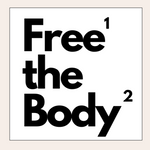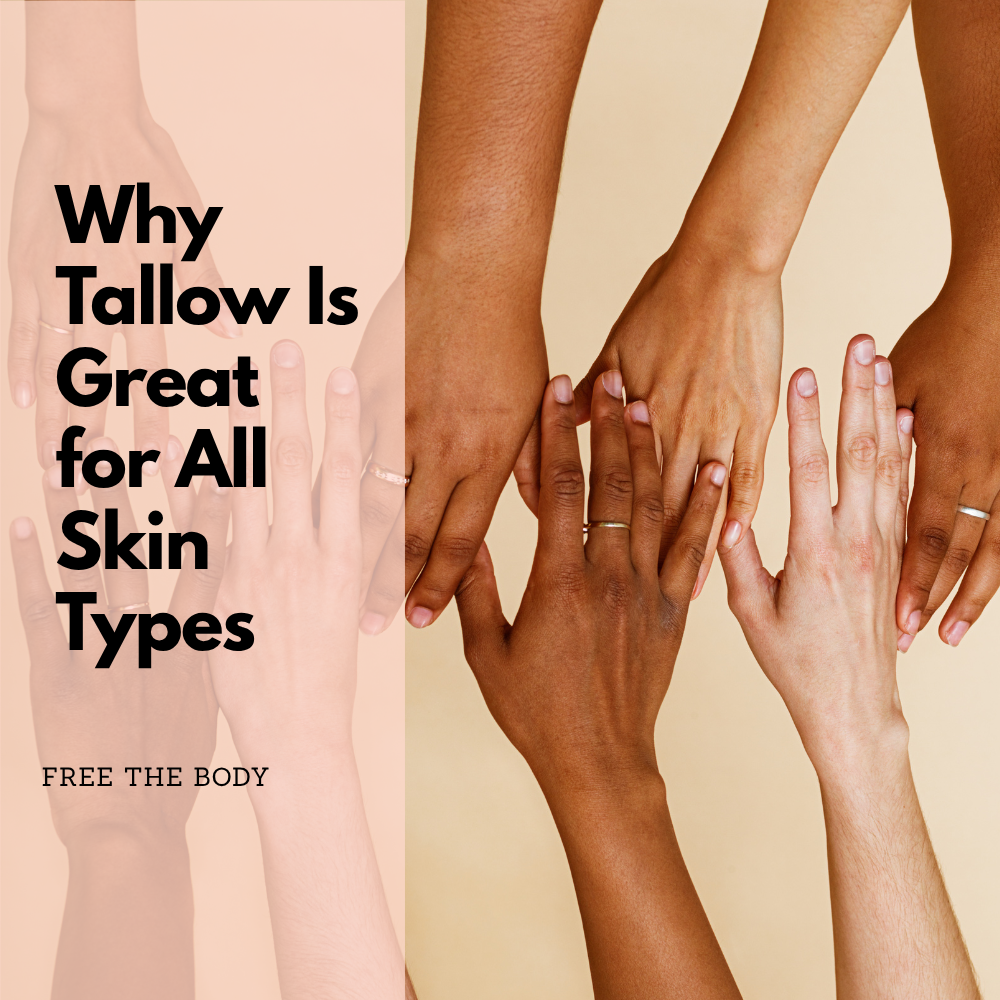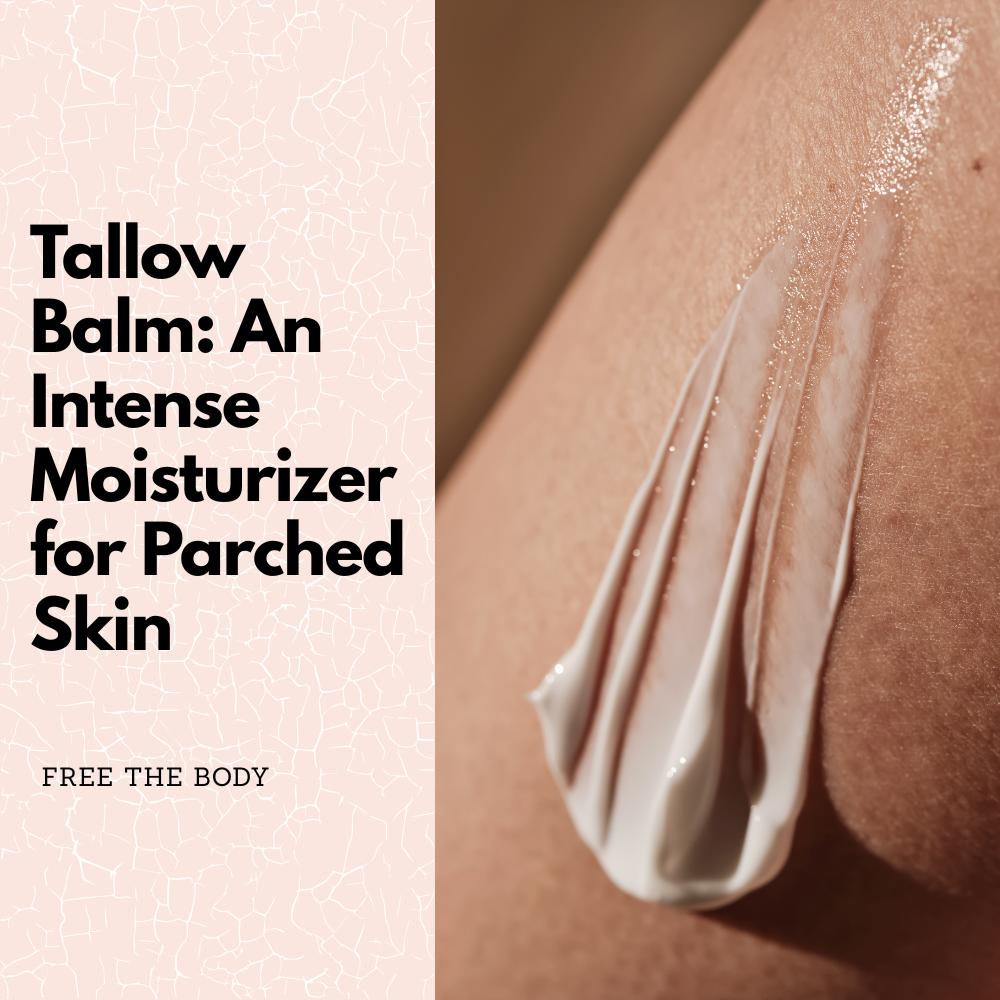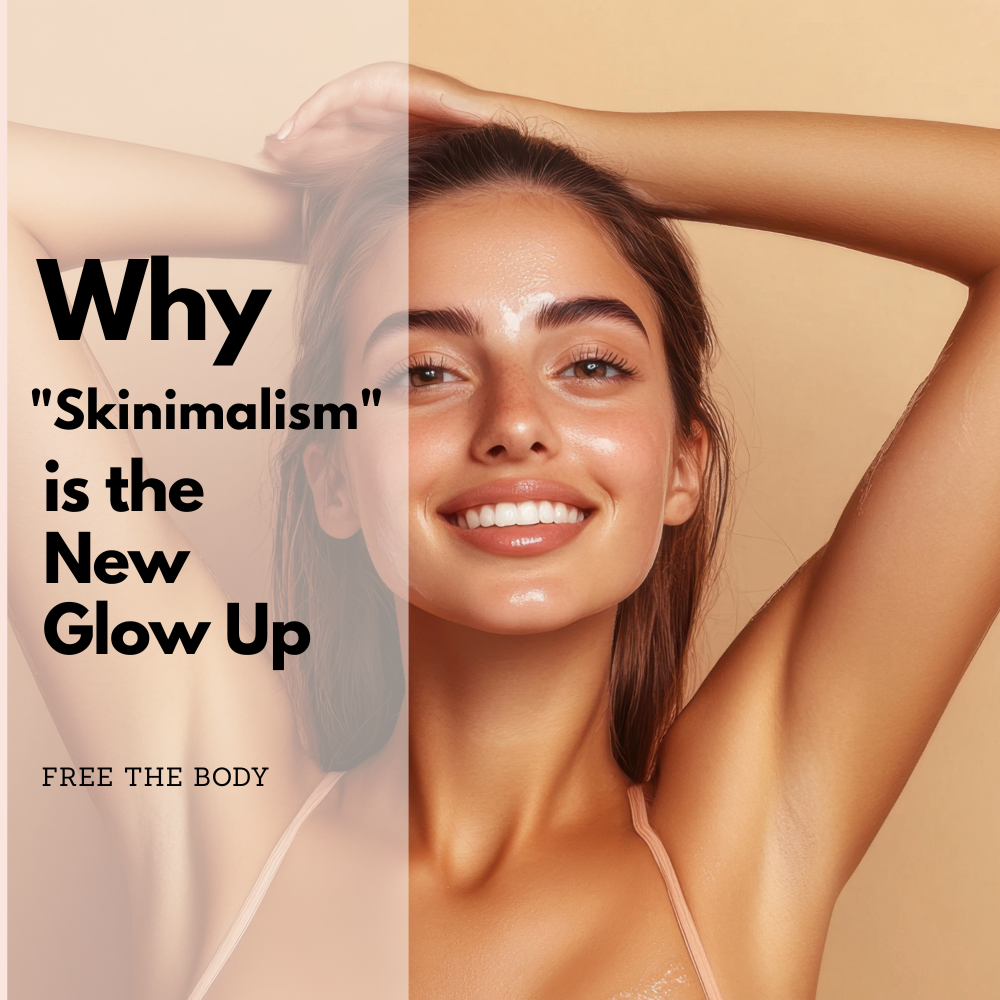Tallow vs. Shea Butter: Which Natural Moisturizer is Right for Your Skin?
Tallow vs. Shea Butter: Which Natural Moisturizer is Right for Your Skin?
For a long time, shea butter has been a champion of clean beauty. Its creamy texture and rich moisturizing properties have made it a staple in natural skincare routines worldwide. But there's a new, or rather, an old-school contender gaining popularity: grass-fed tallow.
If you're a clean beauty enthusiast seeking effective and skin-compatible ingredients, you've likely seen the growing conversation around tallow. So, how do these two powerhouse moisturizers stack up? Let's break down the key differences between beef tallow and shea butter to help you decide which one is the best fit for your skincare needs.
The Origin Story: Animal-Based vs. Plant-Based
The most fundamental difference lies in their origin. Shea butter is a plant-based fat extracted from the nuts of the African shea tree. It has a long history of use for its moisturizing properties.
Tallow, on the other hand, is an animal-based product—specifically, rendered fat from grass-fed cows. While this might sound unusual at first, it's a practice rooted in traditional skincare and a commitment to using every part of the animal. For those who value a nose-to-tail lifestyle and regenerative farming, tallow is a compelling option.
Skin Compatibility & Absorption
This is where tallow truly stands out. The fatty acid profile of grass-fed tallow is remarkably similar to the oils naturally produced by human skin. This makes tallow incredibly harmonious with your skin, allowing it to absorb easily. When you apply a tallow balm, it feels like it's melting directly into your skin, providing deep hydration without a heavy, greasy feel.
Shea butter, while an excellent moisturizer, has a different fatty acid composition. It is known for its occlusive properties, which create a protective barrier on the skin's surface to lock in moisture. This can make it feel thicker and take a little longer to absorb, which is perfect for very dry areas like elbows and heels, but might be too heavy for some on the face.
The Nutrient Profile Showdown
Both ingredients are rich in beneficial compounds, but they offer different vitamin and fatty acid benefits.
-
Shea Butter: It is a fantastic source of vitamins A and E, which are well-known antioxidants that contribute to a healthy skin appearance. It also contains fatty acids like oleic and stearic acid that reinforce the feel of the skin’s natural barrier.
-
Grass-Fed Tallow: Tallow from grass-fed sources is a source of fat-soluble vitamins, including vitamins A, D, E, and K. This unique blend contributes to a radiant and healthy-looking complexion.
A Note on Comedogenic Ratings
If you are concerned about clogged pores, it's helpful to know about the comedogenic scale, which measures an ingredient's likelihood to clog pores. While shea butter is generally considered low on this scale (rated 0-2), grass-fed tallow also ranks very low (rated 1-2). Thanks to its compatibility with human skin, tallow is a great choice for keeping skin hydrated.
Final Verdict
Ultimately, the choice between tallow and shea butter depends on your personal preferences and skin needs.
Choose Tallow If: You're seeking a simple, incredibly pure, and highly compatible moisturizer that absorbs beautifully. It's an ideal choice for those with sensitive skin who are looking for a minimalist approach that nourishes deeply.
Choose Shea Butter If: You prefer a plant-based option and a rich, luxurious feel. It is highly effective for deeply hydrating extremely dry skin and is a perfect base for many body care formulations.
By choosing a balm that contains both, like our Free the Body Grass-Fed Tallow Balm, you get the best of both worlds. The unmatched compatibility of tallow and the properties of plant-based oils work together to create a powerful, all-in-one skincare solution that truly frees your body to glow.



